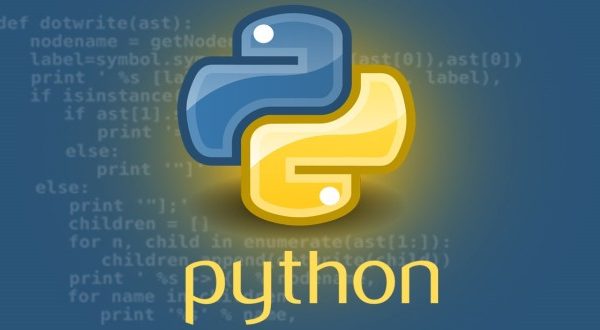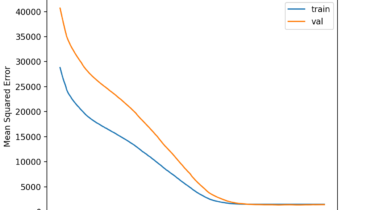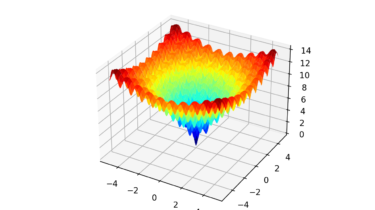How to Format Number as Currency String in Python
Introduction Having to manually format a number as a currency string can be a tedious process. You may have just a few lines of modifications to make, however, when we need to do a fair bit of conversions, it becomes very tedious. The first step to automating these kind of tasks will require a function. In this article, we’ll be going over a few methods you can use to format numbers as currency strings in Python. Methods for Formatting Numbers […]
Read more


